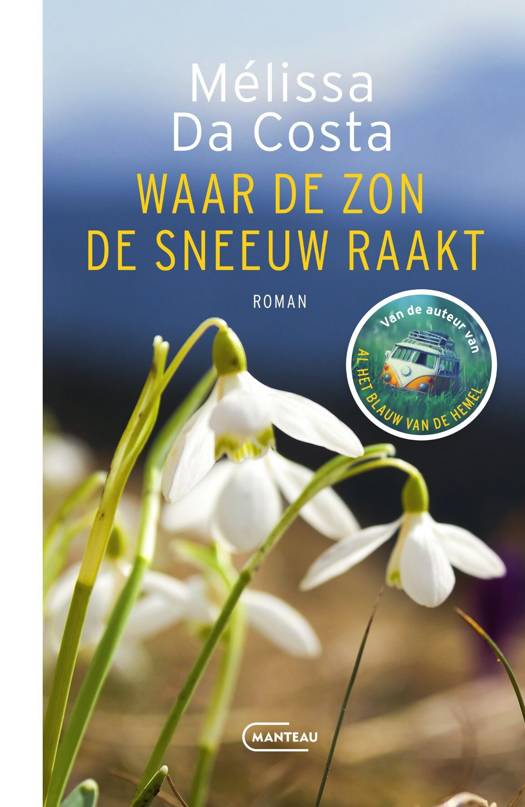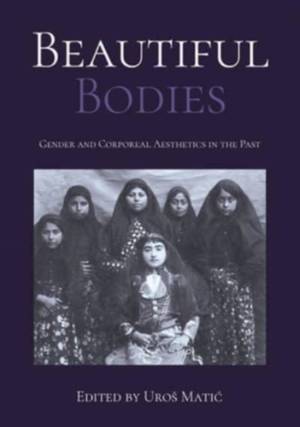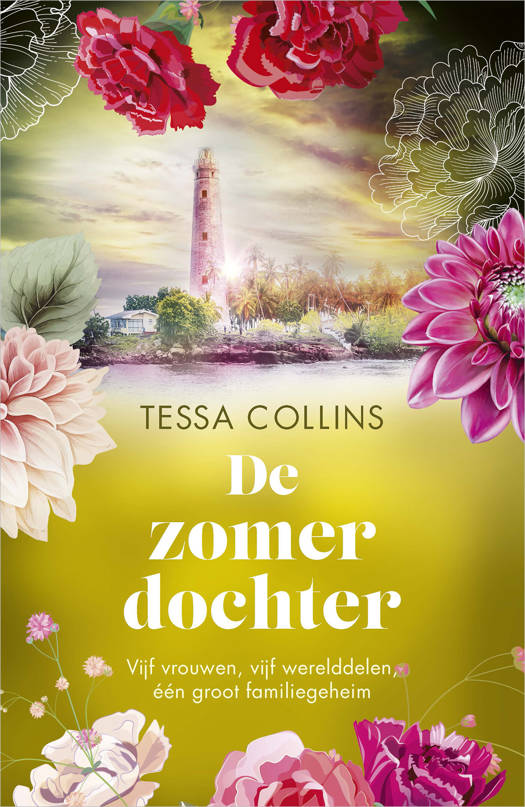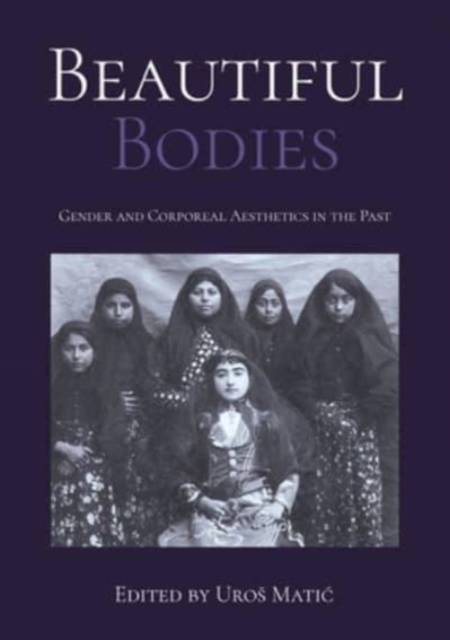
- Afhalen na 1 uur in een winkel met voorraad
- Gratis thuislevering in België vanaf € 30
- Ruim aanbod met 7 miljoen producten
- Afhalen na 1 uur in een winkel met voorraad
- Gratis thuislevering in België vanaf € 30
- Ruim aanbod met 7 miljoen producten
Zoeken
Beautiful Bodies
Gender and Corporeal Aesthetics in the Past
Paperback | Engels
€ 104,45
+ 208 punten
Omschrijving
This book explores the role of material culture in the formation of corporeal aesthetics and beauty ideals in different past societies and thus contributes to the cultural relativization of bodily aesthetics and related gender norms. The volume does not explore beauty for the sake of beauty, but extensively explores how it serves to form and keep gender norms in place. The concept of beauty has been a topic of interest for some time, yet it is only in recent times that archaeologists have begun to approach beauty as a culturally contingent and socially constructed phenomenon. Although archaeologists and ancient historians extensively dealt with gender, they dealt less with it in relation to beauty. The contributions in this volume deal with different intersections of gender and corporeal aesthetics by turning to rich archaeological, textual and iconographic data from ancient Sumer, Aegean Bronze Age, ancient Egypt, ancient Athens, Roman provinces, the Viking world and the Qajar Iran. Beauty thus moves away from a curiosity and surface of the body to an analytic concept for a better understanding of past and present societies.
Specificaties
Betrokkenen
- Uitgeverij:
Inhoud
- Aantal bladzijden:
- 320
- Taal:
- Engels
Eigenschappen
- Productcode (EAN):
- 9781789257717
- Verschijningsdatum:
- 24/02/2022
- Uitvoering:
- Paperback
- Formaat:
- Trade paperback (VS)
- Afmetingen:
- 168 mm x 238 mm
- Gewicht:
- 703 g

Alleen bij Standaard Boekhandel
+ 208 punten op je klantenkaart van Standaard Boekhandel
Beoordelingen
We publiceren alleen reviews die voldoen aan de voorwaarden voor reviews. Bekijk onze voorwaarden voor reviews.










